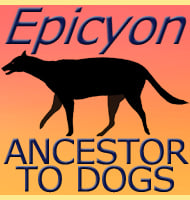Osmakasaurus
In Depth Originally named as a species of Camptosaurus 1909 (Gilmore), and then later Planicoxa in 2008 (Carpenter & Wilson), Osmakasaurus was established as a new genus for partial post cranial remains that establish this genus. The species name ‘depressus’ has been retained to create the type species, which is standard procedure when naming a … Read more


